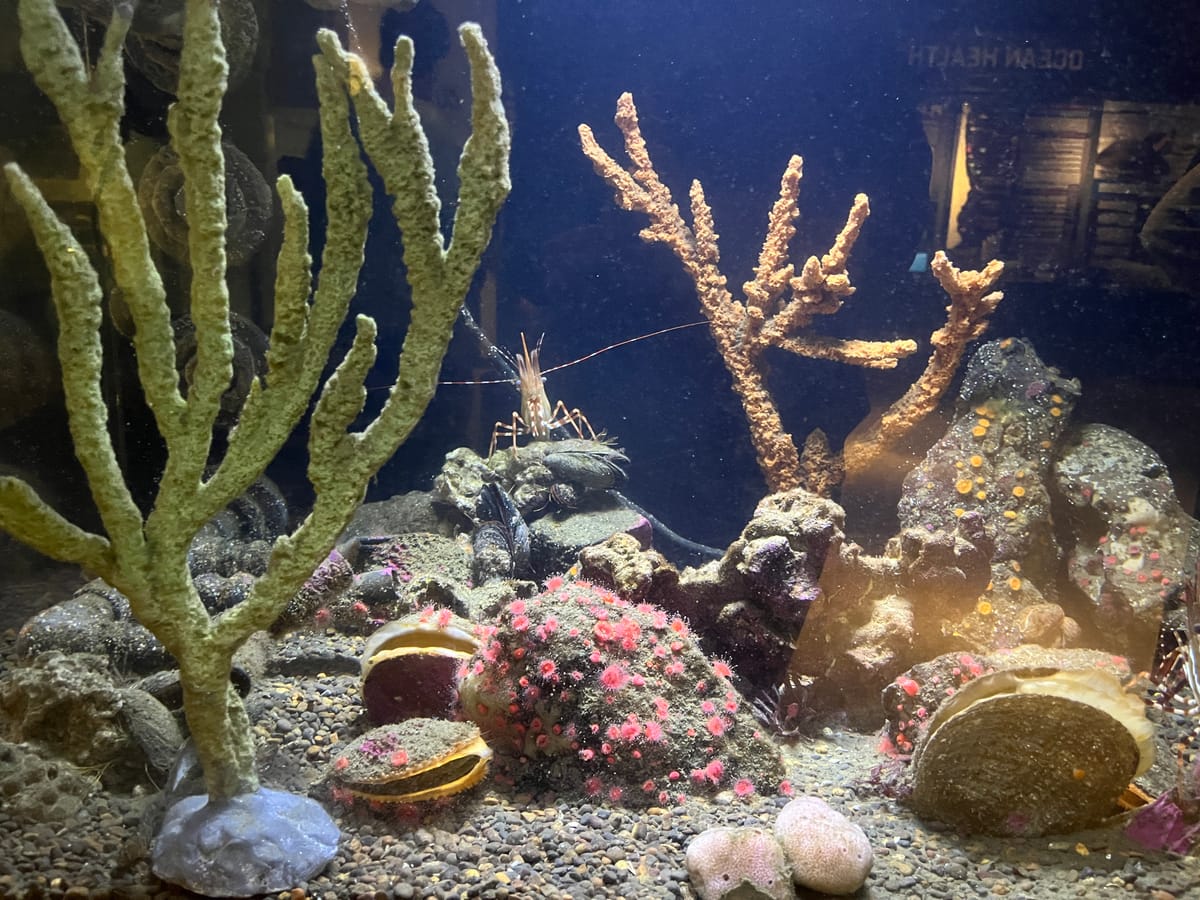writing a trust formula
for humans in a post-truth world

I think a lot about designing trust in a low-trust world.
Skepticism reigns supreme in our post-truth society where we question everything and everyone. Confidence in government, public institutions, and corporations has plummeted alongside rising misinformation. We see grifters get rewarded with top positions and accolades, bypassing traditional institutional mechanisms like credentials or track record. Meanwhile the digital landscape compounds this with the proliferation of AI-generated slop and automated agents, and we face an additional layer of mistrust: not just questioning the validity of information, but questioning whether our interaction is even with a real human.
What’s a person to do in the post-truth world?
I try to be very intentional about designing for trust in my interactions, especially when putting together collaborative groups and communities. I incorporate different mechanisms of trust that enable the structure of trust to be established and maintained. Because we are operating in such a low-trust world, the design has to be multi-dimensional and deliberate.
I’m starting a new working group for folks in midlife to intentionally design the next chapter of their lives. I know in this space, where we are sharing our precious dreams and visions with strangers, building trust is imperative.
These are the categories that I draw from when designing a new project like this:
Social - trust based on human relationships, community connections, and interpersonal dynamics. These mechanisms leverage our natural tendency to trust people we know, who are recommended by others we trust, or who share our social or cultural context. For me, this is the bedrock of my trust formula.
Institutional - trust established through formal structures, systems, frameworks, and authorities. This can include legal contracts, certifications, or standardized policies and procedures that provide external validation and enforcement.
Temporal - trust built over time like consistency, reliability, and relationship development. A track record would be an example of this. To me, this is foundational—building trust requires a sustained commitment to integrity over time.
Economic - trust built through financial mechanisms, incentives, or shared interests. Examples may include warranties, deposits, or shared costs.
Technical - trust enabled by digital tools and technology to create transparency, verification, and security. This can include blockchain verification, digital identity systems, or other tools that can operate independent of human judgment.
Information/ Transparency - trust built through open access to information, clear communication, and verifiable evidence. These mechanisms combat uncertainty and hidden information by making processes, data, and decision-making visible. In my experience as an organizational leader, there is a lot of drama that comes from not having enough mechanisms of trust in this area.
Psychological - trust based on human cognitive biases, emotional responses, and mental shortcuts for evaluating trustworthiness. There are a lot of psychological principles operating here, like perceived authority, reciprocity, liking, and social proof.
Physical/ Proximity - trust enhanced by physical presence and tangible interactions. Trust can increase through personal observation, non-verbal communication, and shared physical space.
So obviously a lot of these things can overlap, and in doing so, can create a stronger, reinforcing net and scaffold.
For my new midlife workgroup, here are a few principles that I’ve tapped for the trust formula:
- Social - the peer-led structure distributes authority and creates mutual investment
- Temporal - there is a weekly commitment which creates a predictable rhythm and growing momentum
- Institutional - we are using a framework and structured curriculum
- Economic - this group is sharing costs equally
- Psychological - there are explicit expectations for participation, which reduces ambiguity and creates psychological safety
There are even more trust-based bells and whistles that I could add, but we also need to consider balance. In this case, it’s an 8-week group, and like any formula or recipe, we need enough trust to get to our shared outcomes without overwhelming ourselves.
This midlife design work group is one of many experiments, a way to prove that trustworthy systems are still possible, and that we can get farther together than we can on our own. We just have to build them deliberately.
--
PS - if you, or someone you know, is interested in intentional midlife design, please send me a direct message.
